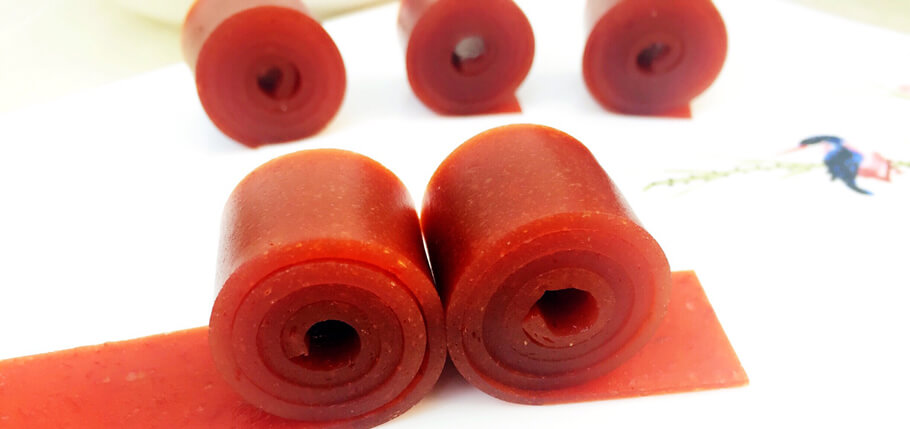
Fruit leather is also called a fruit bar or a fruit slab, and it is a dehydrated fruit-based confectionery dietary product which is often eaten as a snack or dessert. The origin of fruit leathers may go back to the Persian Empire. They are known as “Pestil” in Turkey, “Bastegh” or “Pastegh” in Armenia, “Qamar al deen” in Lebanon, Syria and other Arab countries and “Fruit roll” or “Fruit leather” in the United States. Basically, fruit pulps are mixed with appropriate quantities of sugar, pectin, acid, and color and then dried into sheet-shaped products by hot air drying oven. Due to its novel and attractive structure, and for being products that do not require refrigeration, they constitute a practical way to incorporate fruit solids.
It is chewy and flavorful, naturally low in fat and high in fiber and carbohydrates, and it is also lightweight and easily stored and packed for kids and adults. One commercial all-natural fruit leather strip counts as a ½ serving of fruit and contains no added sugar. A 14g serving provides less than 50 calories and 0g of fat. Some even offer about 10 percent of the daily value of vitamin C, based on a 2,000-calorie diet. Picky kids who are reluctant to eat whole fruit might be willing to try fruit leather as an alternative. In recent years, their popularity has increased, transforming from a homemade preparation into an industrial product.
Fruit leathers are restructured fruit made from fresh fruit pulp or a mixture of fruit juice concentrates and other ingredients after a complex operation that involves a dehydration step. Dehydration of fruit leather is a process which involves simultaneous heat and mass transfer. Various methods of drying and drying conditions affecting the quality of fruit leathers have been previously studied. Traditional sun drying allows the production of fruit leather with a live color and translucent appearance. However, the drying time is long and dependent on environmental contamination. Today, the conventional hot-air drying process is still the more common technology which has been used for making fruit leathers with better color and flavor. And researches on hot air drying processes of popular fruit leathers are as follows.




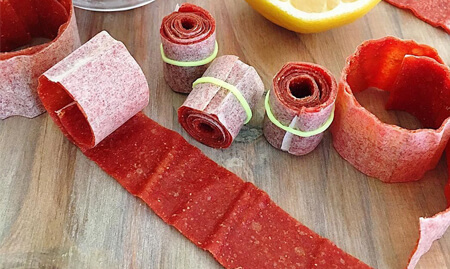





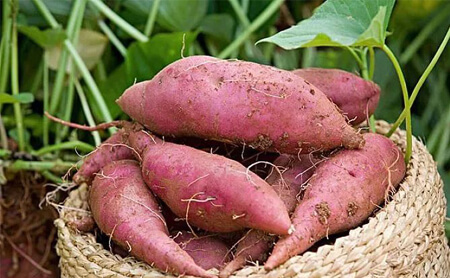

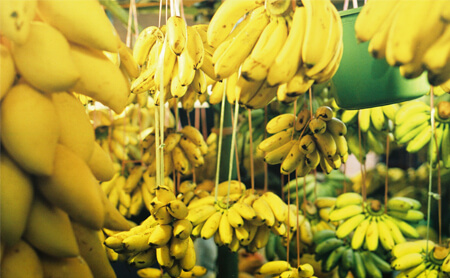






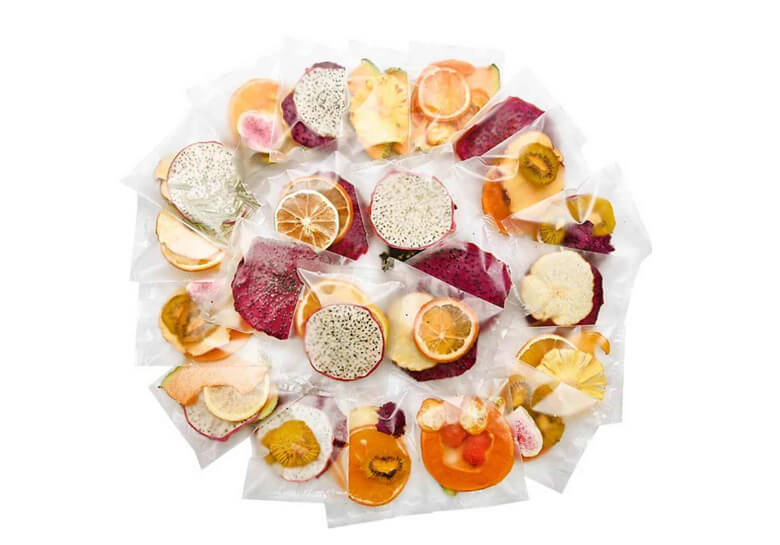


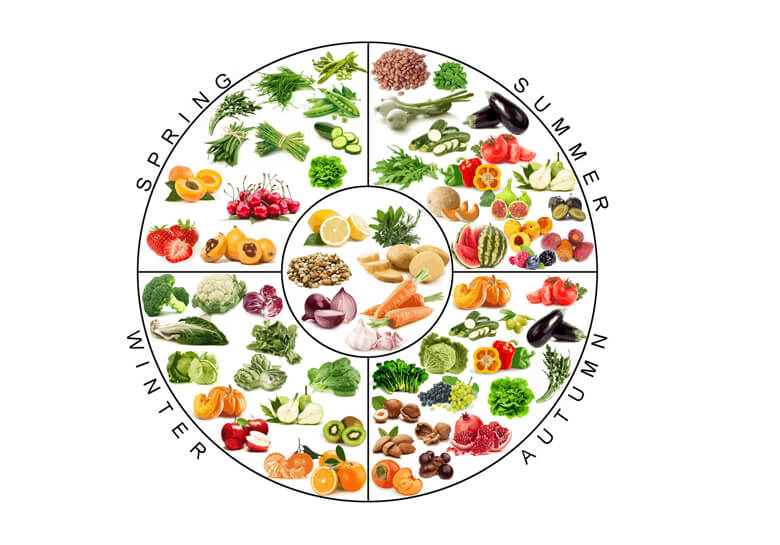

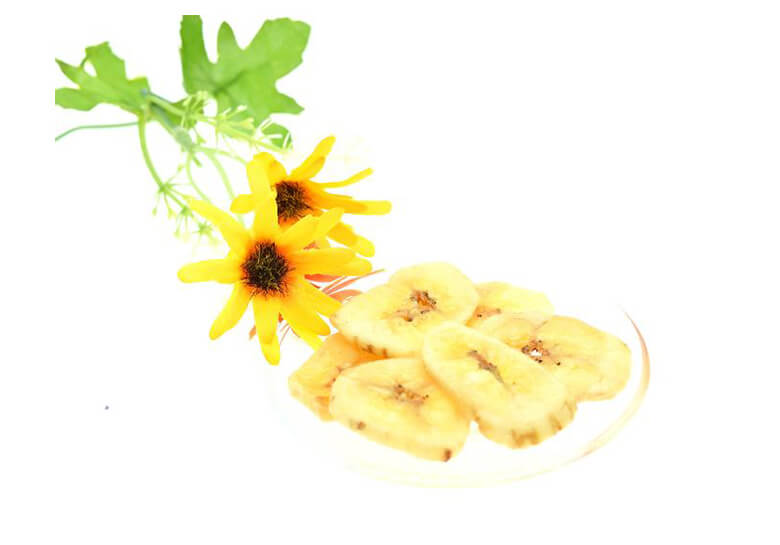
Leave A Comment